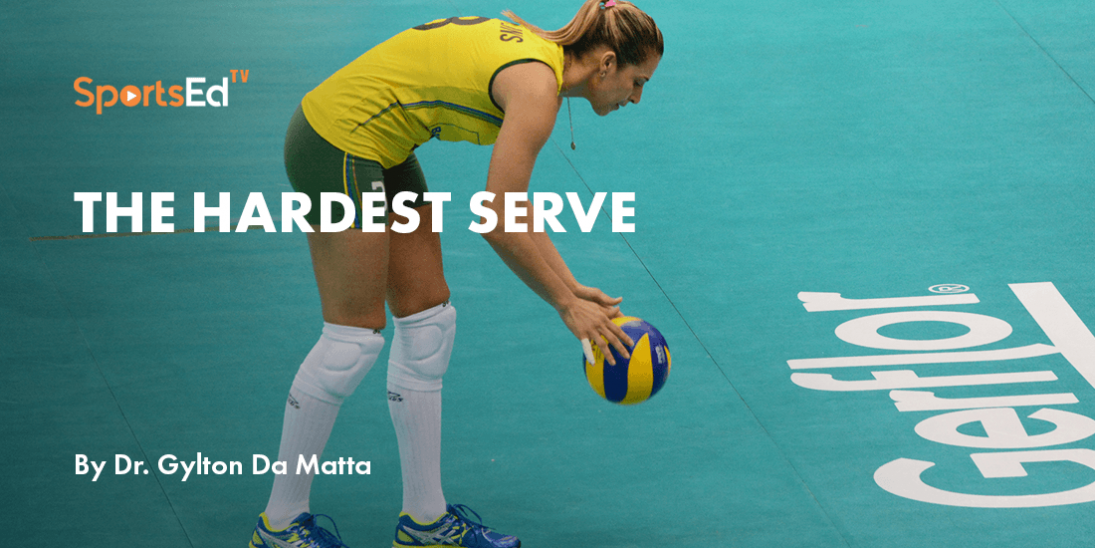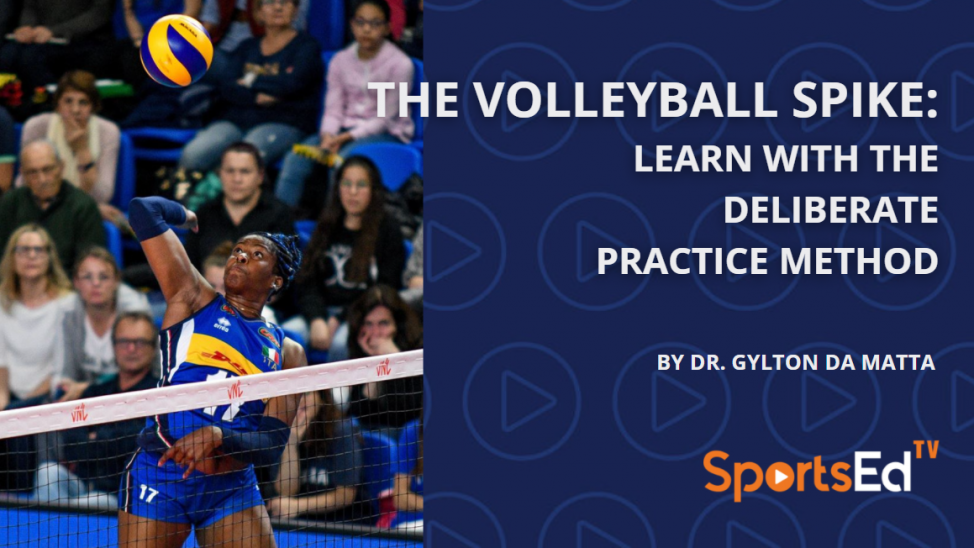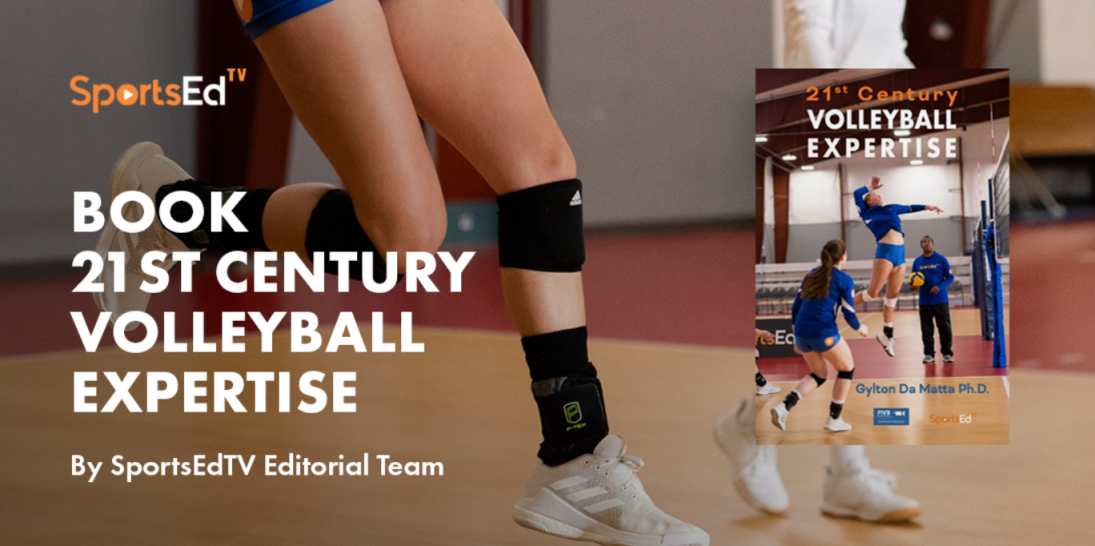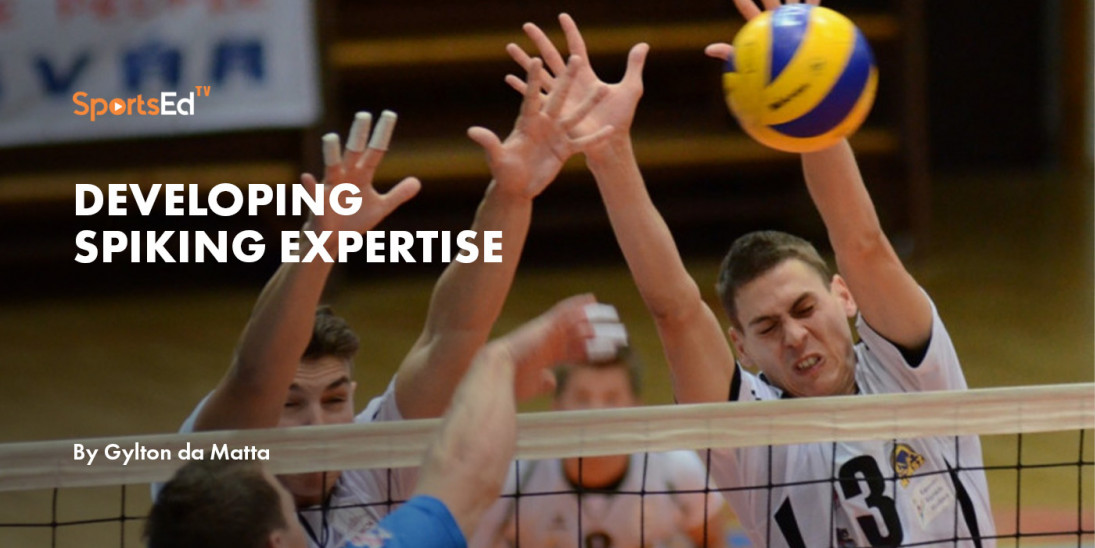Volleyball
Welcome and thanks for visiting...

The Ideal Hand Grip to Spike a Volleyball

In modern volleyball, many scholars are designing evaluation rubrics to improve motivation and increase participation in both men’s and women’s modalities. When developing an expert volleyball player, a coach must plan to teach every little detail. For instance, how to tighten the shoes, how to each, and how to think while playing a tough match. However, when I did my dissertation on Expertise Development in volleyball, I found the number of details in which volleyball players dedicate to their craft (Da Matta, 2004). One of these critical pieces of information represents the ideal hand grip (shape, position, muscular tonus, and degree of relaxation) necessary for a volleyball player to become an expert hitter.
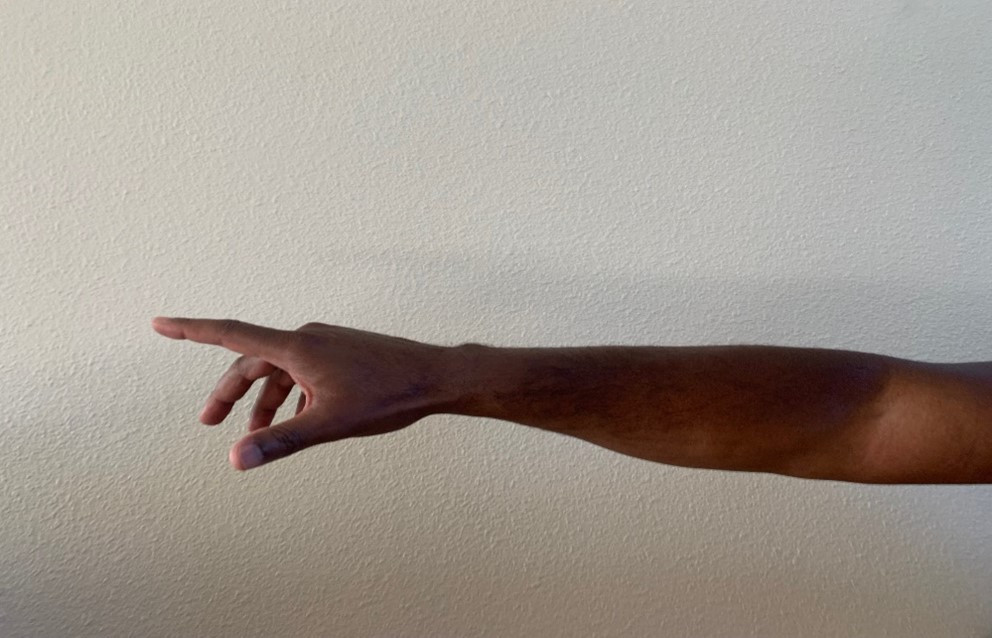
The Hand Grip and Snapped Wrist - The finesse of a volleyball strike requires players to acquire a hand position that maximizes the ball control, the direction, and the intensity of power applied to the ball. This is only possible if expert players learn the already snapped wrist with the indicator placed on the center of the ball. The ideal Hand Grip and Already Snapped Wrist (HGASW) consists of relaxing the hands to their natural scooped position so it fit perfectly on the shape of the ball. Striking for spike requires players to be relaxed and be able to finalize their movements with the wrist snap. Some coaches teach their players to hit the ball hard with their hands and arms very stiff. Every person is entitled to their own opinion. Nevertheless, the expert coaches know that the volleyball spiking skill resembles the muscular tonus of piano players, and the muscular contractions happen only at the exact moment in which the player contacts the ball. The objective reality of these findings can be verified through frame-by-frame video analysis of expert players.
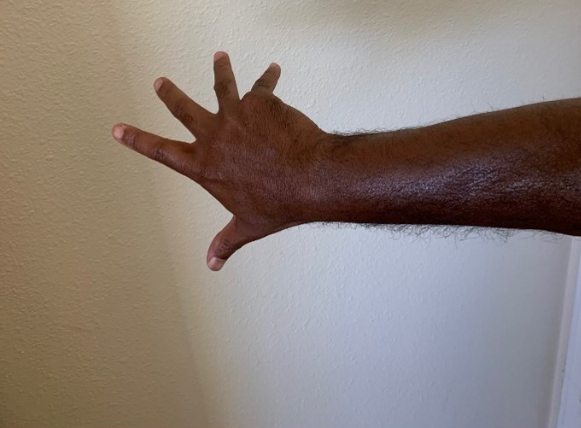
MAIN GOAL: To acquire the ideal hand grip (position, shape, and muscular relaxation tonus) to be able to perform cut shots and advanced spiking techniques like the experts do.
WHY/PURPOSE: The specificity of the hand position determines the quality and the accuracy of manipulative skills. In volleyball, the fine motor skills displayed by expert players are directly associated with the anatomical and neuro functional disposition of wrist, hands, and fingers before and during the ball contact.
As a result of expert training and to acquire advanced techniques, elite players must match their anatomical controls with the best dispositions to perform advanced shots in volleyball spike. In a very principled way, most experts reported: 1. Their hands had the same shape as the ball; 2. At the moment of contact, their wrists were already in the position of being flexed forward, never in dorsiflexion; 3. Performing the spike was based on a very relaxed approach from slow to fast; 4. Their bodies were also fully relaxed, and they could “feel” their pointing toes, hips extension, trunk and shoulder rotation, arm reaching out, and fluid wrist snap using the triangle-shaped hands and already snapped wrist.
HOW:
- With arms very relaxed, practice slapping the ball, and placing indicators at the midline of the ball.
- Also, slapping the ball while holding it with the non-dominant hand, practice the forward wrist snap over the ball as if you would be generating a top spin motion.
- From the top-down snap motion, slice the ball to the right and to the left as if you are performing the cut shot in, and the cut shot out.
- Practice all tasks described previously from the ground and then after a self-toss to spike.
HOW TO APPLY THIS TECHNIQUE:
When spiking the volleyball, you should hear a noise that resembles a slap with a splash sound.
The best way to apply this technique is by doing the wall drills on the ground. The
“triangle” shaped hand is present in the setting form, passing form, and attacking grip. The video below presents a great illustration of how to apply this technique. In the “Wall Drills” video, I am showing an important way to create a variation of practice so the arm does not get “stiff” or “stressed.” In the wall drill, it is important to switch from spiking to setting and to passing to maintain the arm's relaxation for practicing the expert spiking grip.
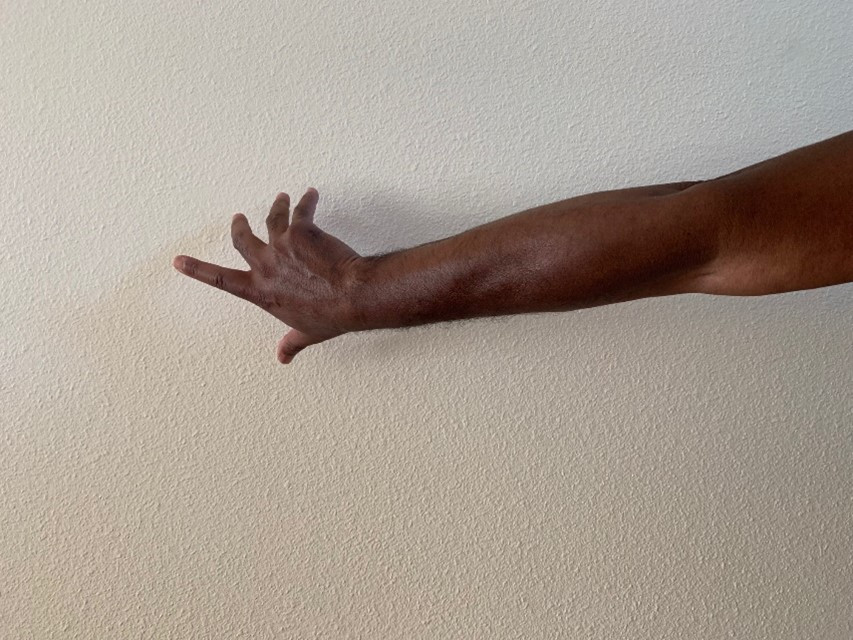
Other important Motor Learning Information
Each person is different; perhaps, each player tends to develop their own grip to spike. However, if a player wants to perform at the elite level, acquiring this grip is the key to success. The innervation of the hands demands millions of neurons from the frontal lobe and brain cortex. In addition to the nerve endings and proprioceptors, the hands' motor control and kinesthetic attributes create thousands of movement possibilities. Such variability requires coaches to understand that each person is different, and the way each person chooses to set or spike a volleyball depends directly on that person’s kinesthetic memory, history, and identity. And yet, the volleyball literature does not address how should the hand position be if we want to learn the ideal position, shape, and muscular tonus necessary to generate highly efficient volleyball strikes. From an elite volleyball perspective, the indicators suggest throwing implement actions. Therefore, volleyball experts reported that when they are spiking, they place their indicators on the center of the ball. The middle finger, ring finger, and pinky spread sideways, covering the side 1/3 of the contact area, and the thumb (widespread to the other side) covers another side-third of the palm area that controls the ball in a spike swing.
Based on the voices of 36 experts, the pattern was related to the design of a hand position (grip) that would fit the shape of the ball (concavity). But most importantly, when asked about your hand position when you contact the ball, the main principle was: “_ I keep my wrist in an already snapped position!” My interviews lasted from 4 – 6 hours, but most players like Carol Gataz, Walewska Oliveira, and Virna Dias, but also Gilson, Murilo e Jacqueline, would get back to me to say: “_ Your questions made me think! And I have asked my peers to closely observe my hands so I could know myself better on this fine movement!” Then, they would show me their hands and describe what I called the already scooped wrist, like the picture below. Their final comments related to how relaxed they were before and during the contact moment. They were very relaxed, and their wrist action was reported as their critical element to be successful in a volleyball spike.
Below is the Stroboscopic Analysis of the volleyball grip and the already snapped wrist described in the study. In women's volleyball, this has been a critical element for developing precision, finesse, and accuracy in the spike.
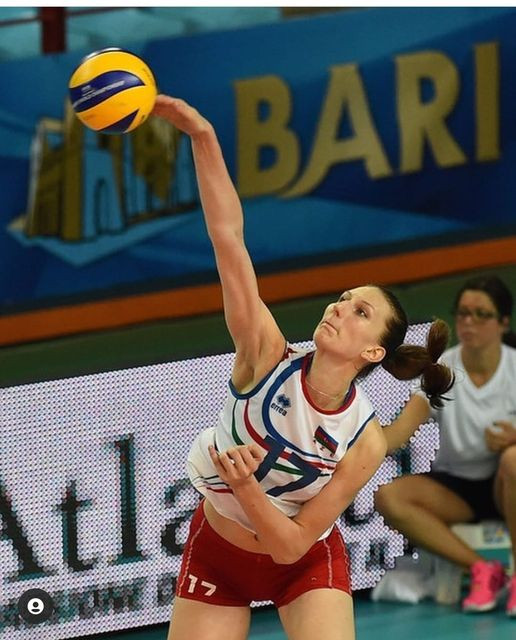
Example of the already snapped wrist.
.jpg)
2014 Ngape's wrist snap and spiking grip. Stromotion Analysis.
Conclusion
Today, I teach the same grip as I did at the 2014 World Championships of Men’s and Women’s in Poland and Italy, respectively, where I observed that the best players in the world adopted the same hand positions described by their counterparts. In Motor Learning, the volleyball skills are compatible with the fine motor skills of pianists and violinists. Perhaps the finesse required by volleyball players to perform powerful spikes (135 km/h or 82 miles/hour) is directly related to the relaxation and coordination of all body parts involved, from the approach to take off, backswing, flight phase, and the final strike.
In his book Science of Volleyball, Carl McGown addresses the importance of the wrist snap in volleyball spike. Jim Coleman also confirms it as a critical element in the spike to increase the velocity of the arm swing. (McGown, 1994; Coleman & ColemaNesset, 1994). Indeed, Dr. Rhoads shares the same findings that to learn how to spike a volleyball, players must also learn how to control the whole arm, especially the wrist snap (Rhoads, 2012).
Well, I hope you will enjoy spiking like an expert!
References
McGown, C. (1994) Biomechanical Considerations for Spiking. In Science of Volleyball. Human Kinetics Publishers: Champaign, IL.
Rhoads, M. C. (2012) Learning to Spike in Volleyball with Verbal and Visually Enhanced Feedback. Dissertation. University of Northern Colorado, Greeley, CO.--

